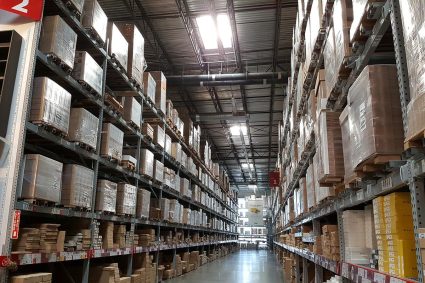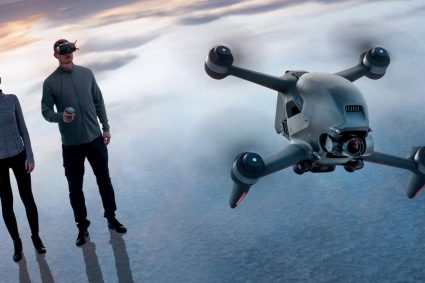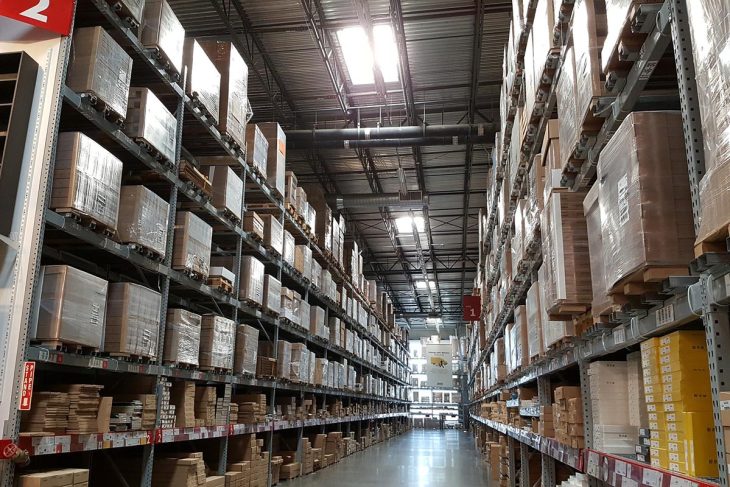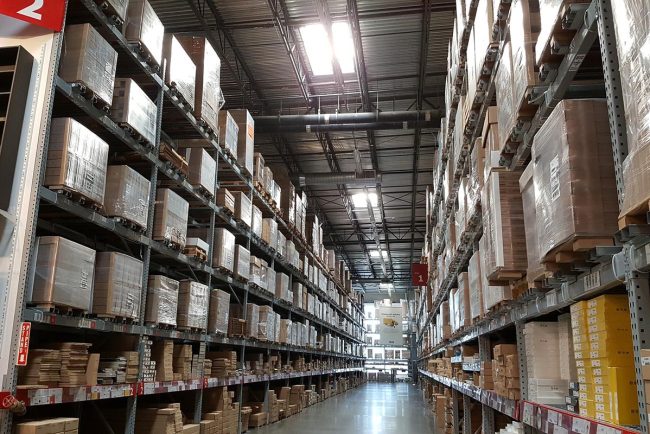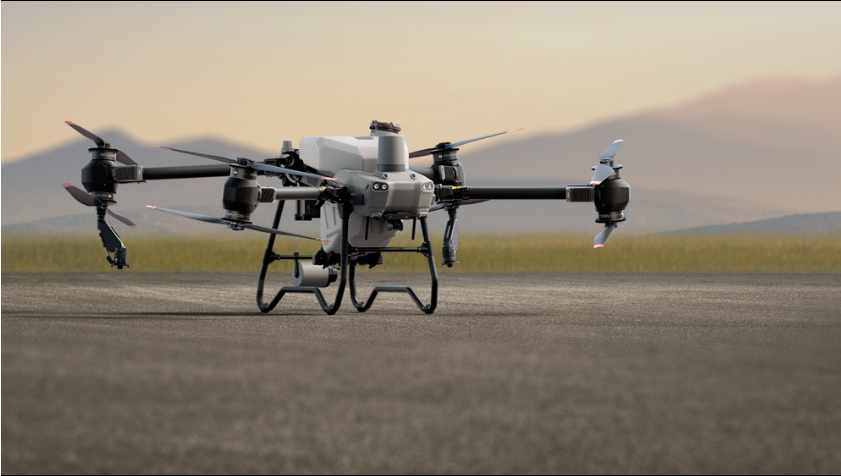

On October 11, 2019, the surveillance capabilities of four drones designed by Anna University in India were showcased when they provided high-precision monitoring along a 50 km route traveled by Chinese President Xi Jinping’s convoy. These drones amazed us with their ability to achieve a resolution of 3 cm at an altitude of 100 m.
However, the drone attack in Saudi Arabia in September 2019, which resulted in a significant reduction in global oil supply, raised a challenging question. Will drones continue to serve as beneficial tools for humanity, or will they become weapons of mass destruction and terrorism in the future?
Drones are influenced by three factors: the need for advanced technology, substantial investment, and rapid adoption. These three elements can converge to create a scenario where both opportunities for prosperity and risks of destruction coexist in the realm of future drones. Check out our review of the best drones.
Introduction to Drones A drone, also known as an unmanned aerial vehicle (UAV), is capable of autonomous flight controlled by a dedicated remote unit. It can perform specific aerial operations guided by computer programs, with flight mode controls assisted by tracking devices like GPS.
The origin of drones can be traced back to the realization of the government and military’s need for intelligent warfare devices since the 1960s. Drones were extensively used for surveillance purposes by the US Army during the Vietnam War, and later by the Israeli military during the 1982 Lebanon War.
However, with technological advancements, drones have been customized for various commercial applications. They have proved beneficial in accessing challenging situations, locating missing persons, creating 3D maps, surveying landscapes, wildlife conservation, pipeline inspection, traffic monitoring, weather forecasting, firefighting, agriculture, photography, video production, and academic projects.
Even delivery services, particularly during pandemic situations, can benefit from drone technology, providing comfort and convenience to all.
The cost of drones varies depending on their size and functionality. Miniature drones that fit in the palm of your hand can cost as little as $100, while military-grade drones that fit in a backpack can cost tens of millions of dollars. One notable example is the MQ-4 Global Hawk, which is 47.6 feet long, exceeding the width of a Boeing 737 airliner.
The DJI Phantom 3, renowned for professional cinematography, was one of the most popular drones in the market. It introduced advanced technologies that have been inherited by the latest models such as the Mavic Air, Phantom 4 Pro, Inspire 2, Walkera Voyager 5, and more.
How Drones Work Drones are constructed using lightweight composite materials to reduce weight and enable high-altitude coverage. The propulsion system is achieved through a compact, high-torque multi-propeller arrangement, which allows the drone to operate independently and provides fail-safe features. Even if one motor fails, the drone can continue flying due to the support provided by the remaining propellers working in unison.
These propellers are controlled by remote ground control systems (GSC) using radio waves, including Wi-Fi. Many drones are equipped with removable batteries to prolong flight time, which can be further extended by using powerful batteries.
Gyroscopes and sensors relay rotation rates and other parameters to computers, which employ algorithms to adjust the drone’s position. This ensures stable hovering and enables the drone to move forward, backward, or vertically.
Drones incorporate navigational systems, such as GPS, located in the nose of the aircraft, which communicate precise location information. Additionally, an onboard altimeter can provide altitude vectors, allowing the drone to maintain a specific altitude when commanded by the operator.
Evolving Technologies The latest high-tech drones are surpassing their predecessors in various aspects.


